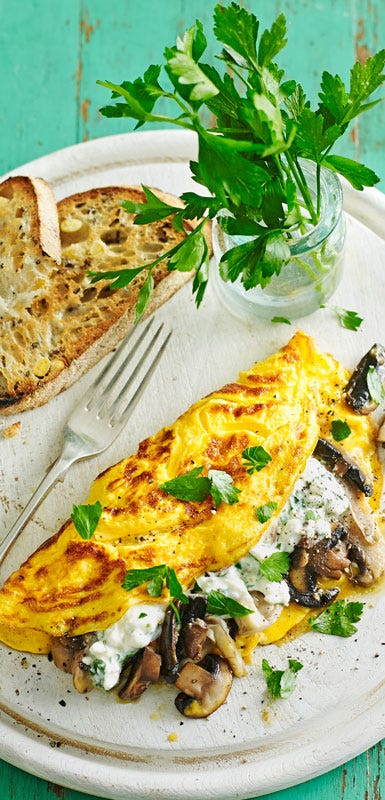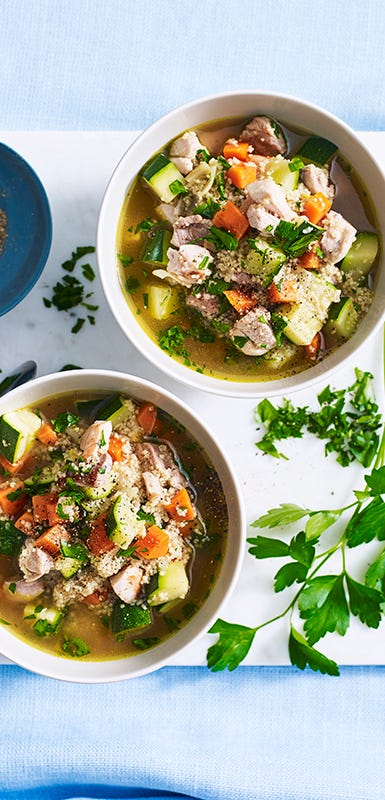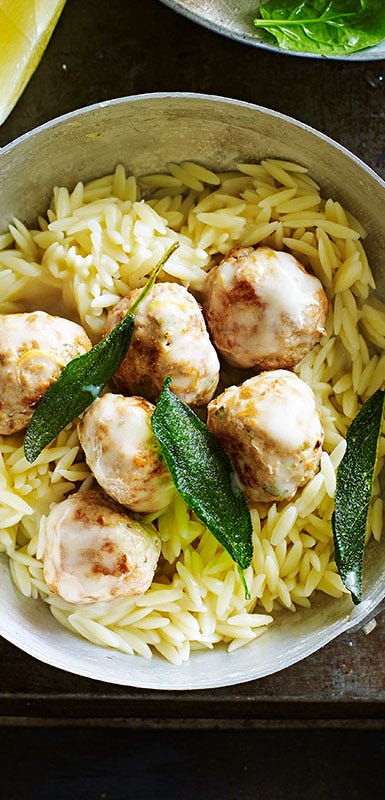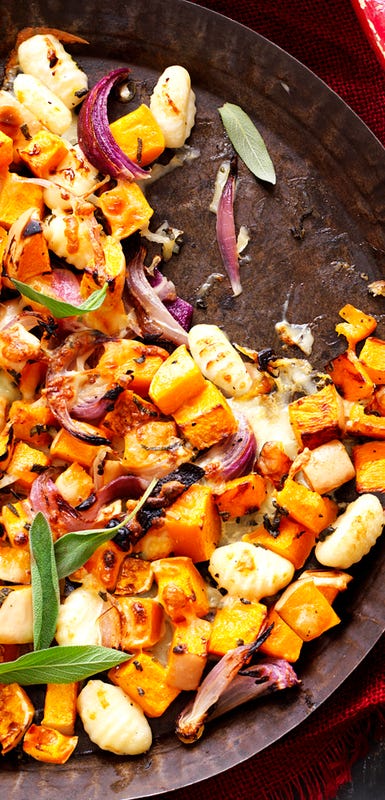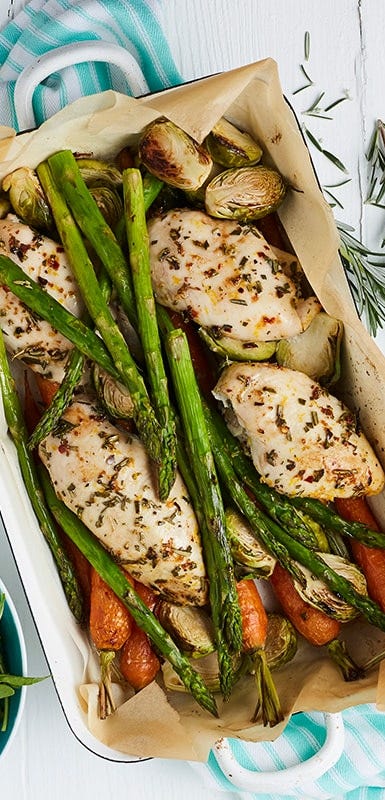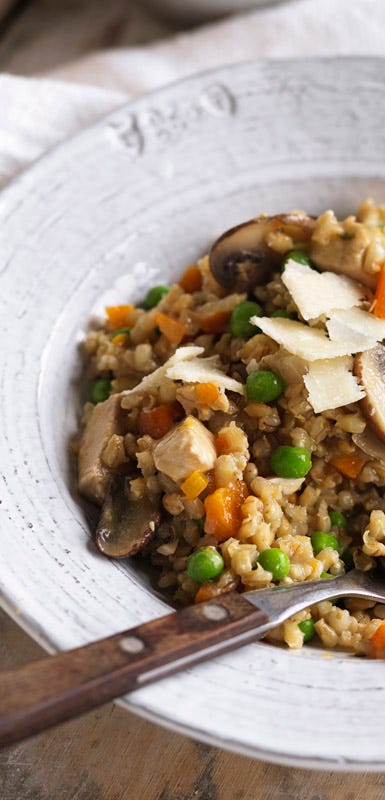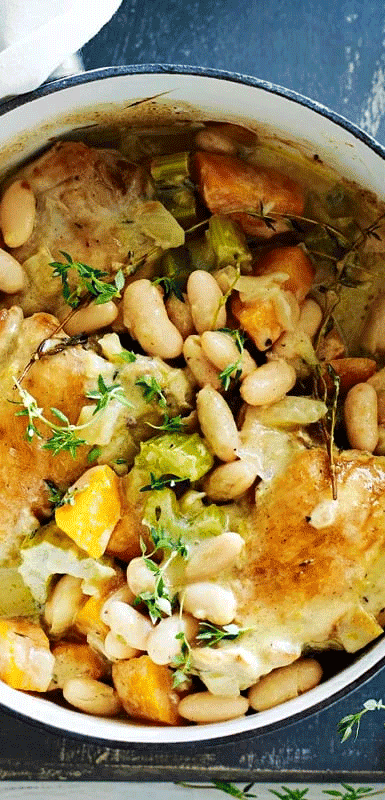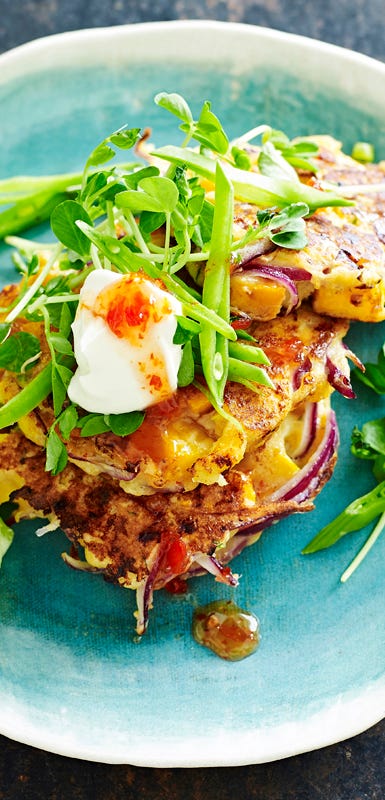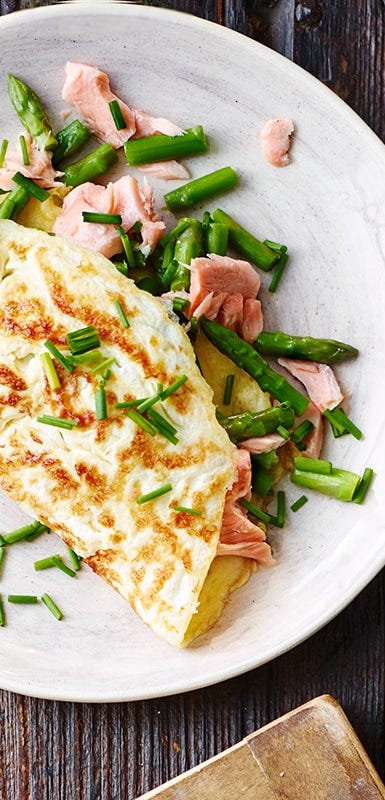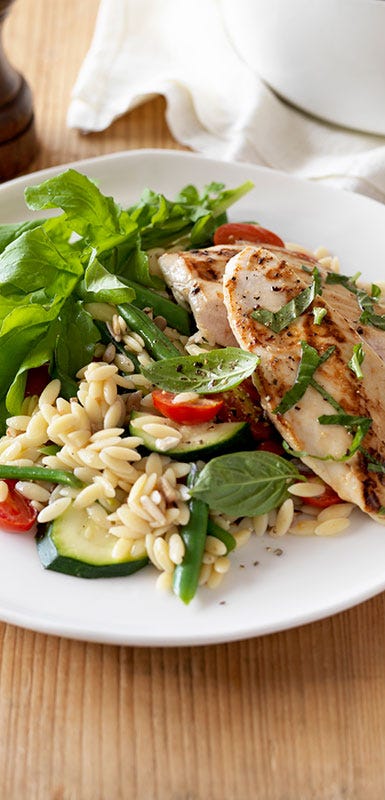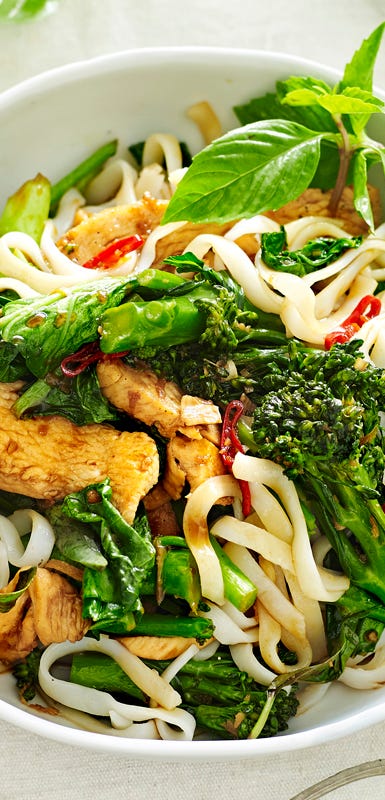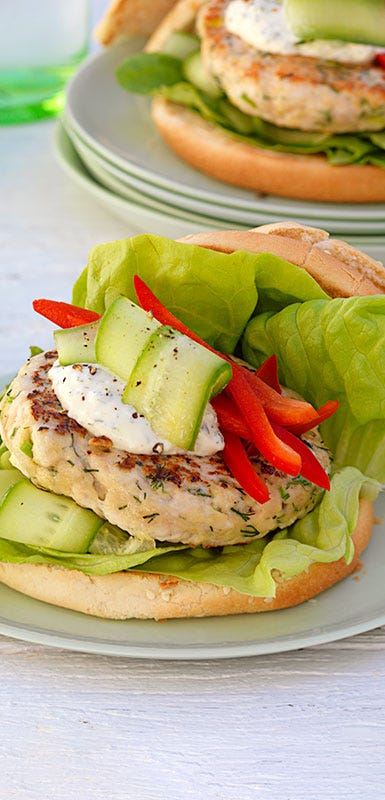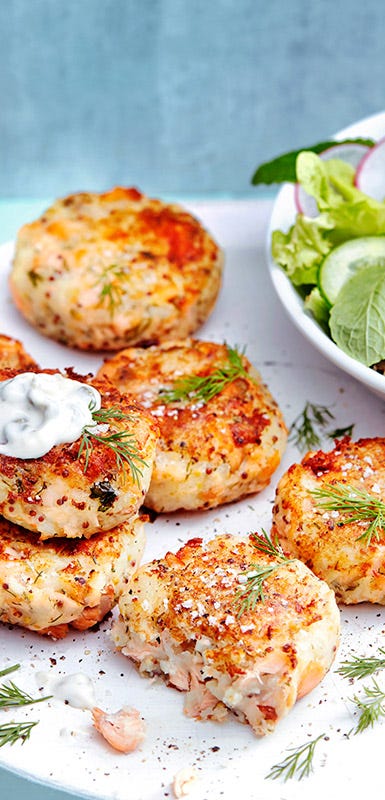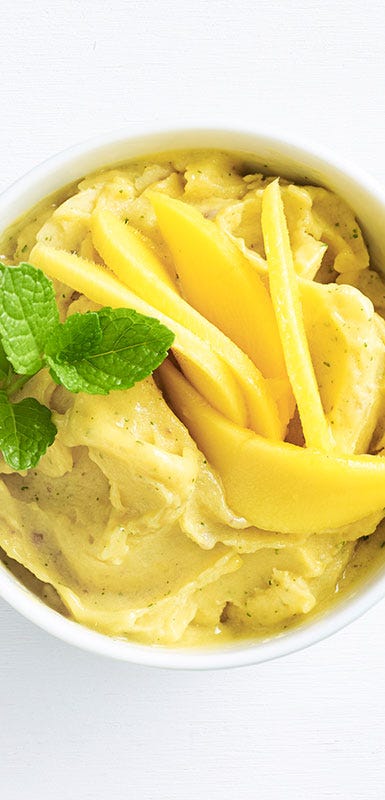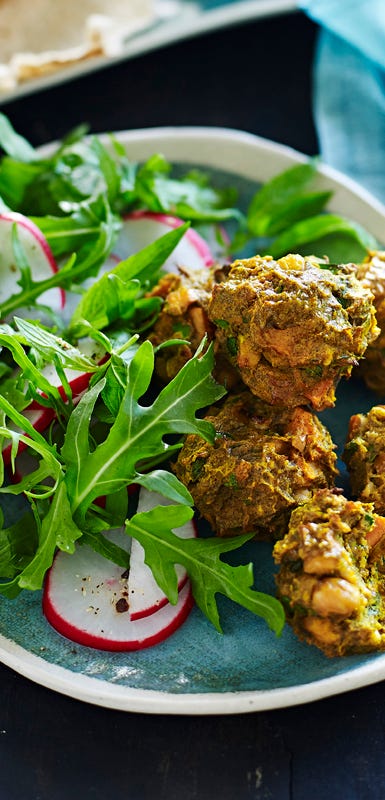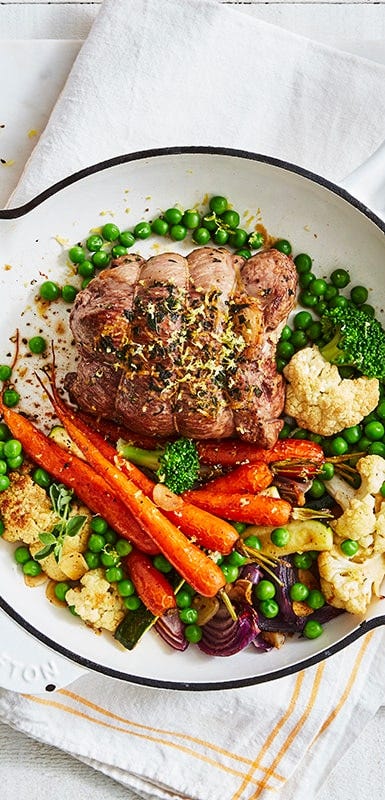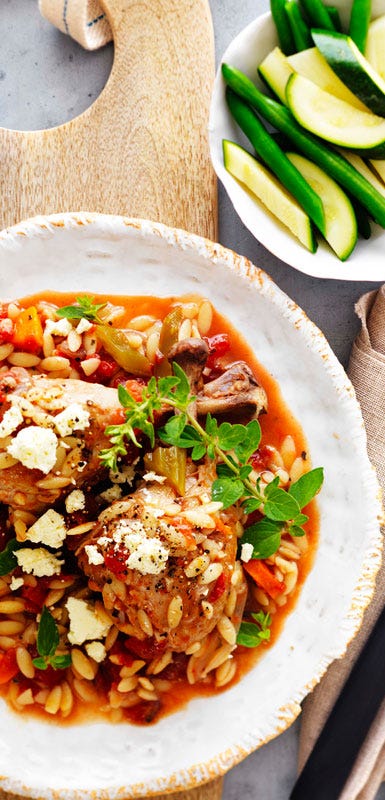Grow a spring herb garden
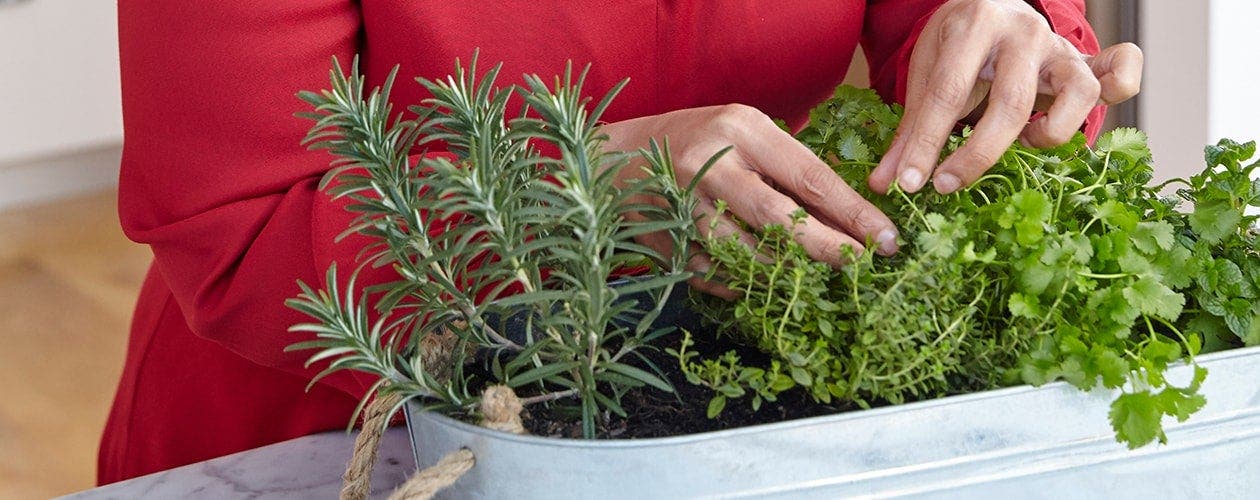

Recipes using spring fresh herbs
You don't need a green thumb to reap the benefits of herbs. You can grow your own herb garden in pots or in a window box in your kitchen. Read on for our herb-by-herb guide to getting started with your own herb garden this spring and discover our delicious recipes using fresh herbs.
Parsley
A popular garnish, and an underrated seasoning, parsley is perfect with eggs, soups, sauces and fish. It complements other herbs and is an indispensable component of bouquet garni (along with thyme, marjoram and bay leaf).
Needs: sun and moisture, slightly sandy, well-drained soil
Plant: during spring to autumn
Harvest: when the plant is about eight inches high
Sage
The leaves of this plant add flavour to pork, poultry and veal, as well hearty soups. May be grown from seeds or cuttings. Not suitable for indoors, since sage can grow to half a metre.
Needs: sun and well-drained soil
Plant: during spring
Harvest: just before the plant flowers
Rosemary
The tiny, silver-green leaves of this aromatic, flavourful plant make an ideal accompaniment to lamb and other meat dishes. Can be grown from seeds or cuttings.
Needs: sun and well-drained soil
Plant: during spring
Harvest: any time
Thyme
This strongly flavoured herb is excellent in soups, casseroles and meat dishes. Can be propagated from root divisions and cuttings, as well as from seeds.
Needs: sun and sandy soil
Plant: during spring
Harvest: the leaves just before plant flowers
Chives
Very mild members of the onion family, chives are easy to grow. They are delicious finely chopped over egg dishes, soups, fish, chicken, salads and steamed vegetables, or mixed into soft cheeses and dips.
Needs: sun and rich, well-drained soil
Plant: during spring
Harvest: just before the plant flowers
Basil
There are several types of this wonderfully aromatic herb — sweet basil is one of the most popular. It complements tomatoes beautifully and is wonderful with pasta and for pepping up salads. You can make your own pesto sauce by blending basil together with pine nuts, garlic, olive oil and Parmesan cheese.
Needs: sun and rich, moist soil
Plant: at the end of spring or beginning of summer
Harvest: in early autumn
Dill
The seeds of this fragrant, feathery herb add sharp flavour to cabbage, coleslaw, breads, dill pickles and vegetable dishes. The leaves are delicious with fish, eggs, potato salads and other dishes. Not suitable for indoors, since dill grows to around half a metre and isn't easily transplanted.
Needs: rich, moist, well-drained soil and a sunny, sheltered position
Plant: during spring
Harvest: when the plant comes into bloom
Mint
There are many varieties of this cool, clean-flavoured herb. Use in herbal tea, as a flavouring for vegetables, salads, sweets and as a sauce with lamb. Can be grown from root division or stem cutting.
Needs: sun and moist, well-drained soil
Plant: during spring
Harvest: when the plant comes into bloom
Oregano
Strongly-scented oregano is perfect in pizza, pasta and Mediterranean cooking, and is great sprinkled over meat before roasting. Can be grown from seeds or propagated from root division or stem cuttings.
Needs: sun and well-drained, alkaline soil
Plant: during spring
Harvest: just before the plant blooms
How to keep your herbs fresh
Herbs taste best when used fresh, but here are some ideas for perfect preservation:
- Dry extras on racks set in the shade.
- Chop finely and place with water in ice cube trays in your freezer. Add the resulting herb ice blocks to soups, casseroles and cool drinks for fabulous fresh flavour.

